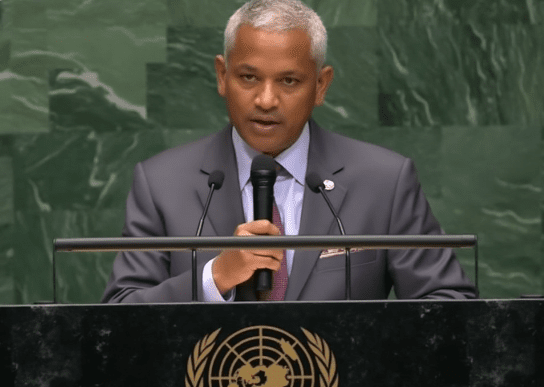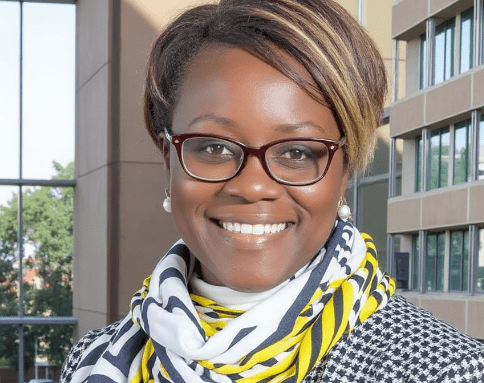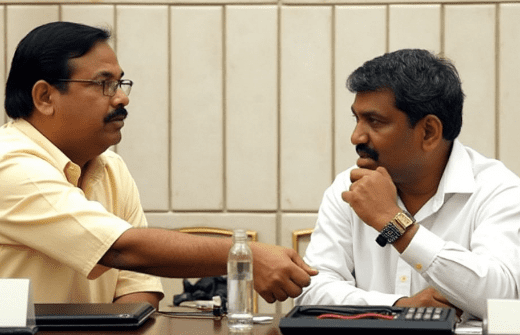The ongoing conflict in Sudan, particularly between rival military factions, is having a devastating impact on women and girls. According to the latest reports from the United Nations and humanitarian organizations, the brutal fighting, which has displaced millions, is exacerbating the vulnerabilities of women and children in the war-torn nation. As of this week, it is estimated that 5.8 million women and girls have been displaced due to the violence, with many facing severe risks including sexual violence, exploitation, and lack of access to essential healthcare services.
Displacement and Vulnerability
Since the conflict escalated earlier this year, women and girls have borne the brunt of the displacement crisis. Many have been forced to flee their homes, leaving behind their livelihoods and support systems. In refugee camps and temporary shelters, the conditions are dire, with insufficient access to food, clean water, and medical care. Reports indicate that many displaced women are living in overcrowded camps, where they are at high risk of sexual and gender-based violence.
Humanitarian organizations, including UN Women, have raised concerns about the lack of specific protections for women and girls in these camps. They have called for urgent international intervention to provide safe spaces for women, access to healthcare services, and mechanisms to prevent and respond to violence against women.
Access to Healthcare
The conflict has severely disrupted healthcare services across the country, further compounding the challenges faced by women and girls. Many pregnant women lack access to prenatal and maternal care, increasing the risk of maternal mortality. Additionally, the breakdown of health infrastructure has made it difficult to treat survivors of sexual violence, who require both medical and psychological support.
Human rights organizations have emphasized that the international community must prioritize providing aid and healthcare services to these vulnerable populations. They have also called on the warring factions to ensure the protection of civilians, particularly women and children, and to allow humanitarian aid to reach those in need.
Calls for Action
UN Women and other advocacy groups are calling for immediate global attention to the gendered impact of the Sudanese conflict. They stress the importance of including women in peace-building processes and ensuring that their voices are heard in negotiations. Without targeted interventions, the situation for women and girls in Sudan is likely to deteriorate further as the conflict drags on.













